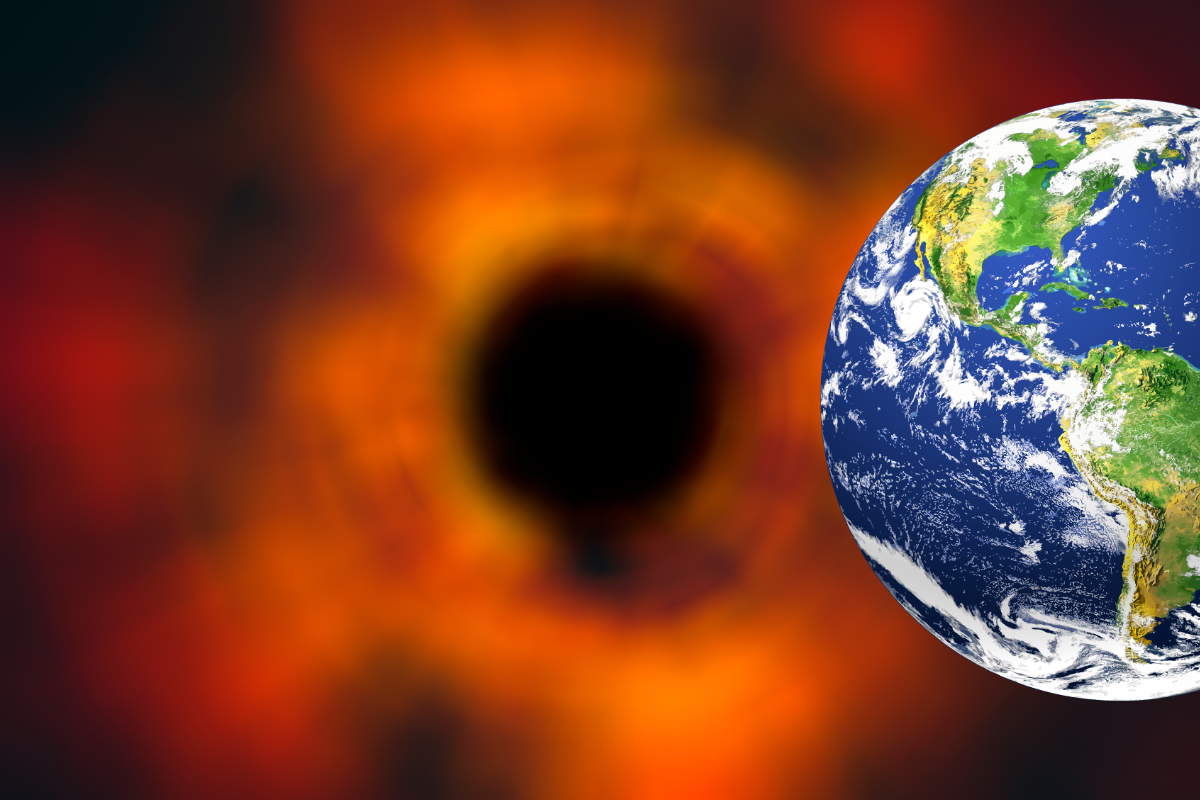In a groundbreaking discovery, scientists are using gravitational waves—ripples in spacetime—to unravel the hidden histories of black holes, offering a unique insight into their size, spin, and even their cosmic lineage. Researchers announced on [insert date] that this approach serves as a “cosmic DNA test,” enabling astrophysicists to piece together the origins and evolution of these enigmatic celestial objects.
Gravitational waves, first detected in 2015, are produced when massive objects, like black holes, collide. These ripples carry information about the black holes involved, including their mass, spin, and other properties.
However, recent advancements suggest that the shape and structure of these waves can reveal much more—providing clues about whether a black hole formed from a collapsing star, a chaotic merger, or generations of cosmic evolution.“It’s like decoding a family tree for black holes,” said [researcher name], a leading scientist in gravitational wave astrophysics.
By analyzing data from observatories like LIGO and Virgo, scientists can trace the history of black holes and determine whether they are “first-generation” objects formed directly from dying stars or “second-generation” black holes born from previous mergers.
Decoding Black Hole Ancestry
Black holes are known for their incredible density and gravitational pull, but their origin stories have long been a mystery. Using gravitational waves as a tool, scientists can measure the spin of a black hole—a key factor in determining its past.
For instance, rapidly spinning black holes are often indicative of previous mergers, while slower spins suggest a simpler origin from a single stellar collapse.The size of the black hole also provides vital clues.
Recent findings reveal that larger black holes could be the result of multiple collisions, forming what some researchers call a “cosmic nesting doll” effect. These stacked mergers offer a rare glimpse into the dynamic processes that shape the universe.
Observatories on the Cutting Edge
Facilities like LIGO (Laser Interferometer Gravitational-Wave Observatory) and Virgo have been pivotal in these discoveries. Operating in the United States and Europe, these observatories detect the faint ripples caused by black hole mergers millions or even billions of light-years away.
The data they collect is fed into complex algorithms that simulate possible scenarios for the black holes’ formation.“Gravitational waves are like nature’s ultimate storyteller,” said [another researcher name], emphasizing their role in bridging gaps in our understanding of the cosmos.
A Future of Discovery
As technology advances, scientists hope to uncover even more about black hole ancestries. Upcoming projects like the European Space Agency’s LISA (Laser Interferometer Space Antenna), set to launch in the 2030s, promise to extend the reach of gravitational wave detection, targeting even smaller ripples and older cosmic events.
This new era of black hole research could also deepen our understanding of galaxy formation, dark matter, and the fundamental laws of physics. By treating gravitational waves as a form of “cosmic archaeology,” researchers are piecing together a portrait of the universe’s history, one collision at a time.
Why It Matters
The study of black holes is more than an academic pursuit—it’s a journey into the nature of existence itself. By unlocking their secrets, scientists can answer profound questions about how the universe evolved and what lies ahead.
As gravitational wave observatories continue to scan the skies, one thing is clear: black holes may be silent, but their stories resonate across spacetime, offering clues about the fabric of the cosmos.



